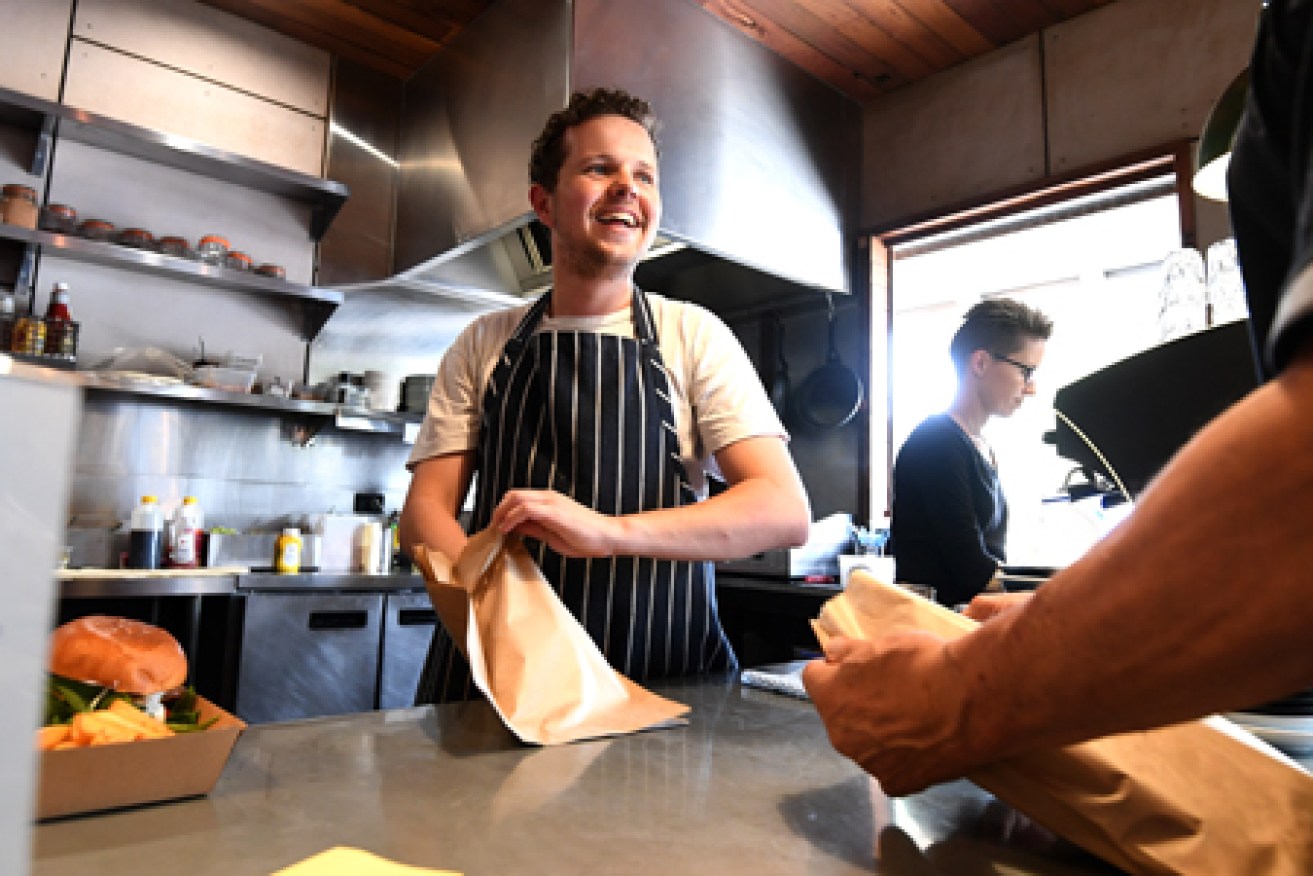Wages rise, but workers still play catch-up to inflation


Elevated inflation continues to erode gains in worker pay despite the improvement in wages.
Wages have improved again but by less than expected, lifting 3.3 per cent annually in the December quarter.
On a quarterly basis, the Australian Bureau of Statistics’ wage price index lifted 0.8 per cent.
ABS head of prices statistics Michelle Marquardt said the increase in hourly wage rates for the December 2022 quarter was lower than the 1.1 per cent increase for the September quarter.
“It was, however, higher than any December quarter increase across the last decade,” she said.
Treasurer Jim Chalmers and Workplace Relations Minister Tony Burke welcomed the latest jump in wages.
“Our economic plan is all about getting wages growing again in responsible ways,” They said in a joint statement on Wednesday.
“We’re pleased that it’s already starting to work, but we know that we need to see inflation moderate to secure real wages growth.”
Analysts were broadly anticipating 1 per cent quarterly growth and 3.5 per cent over the year in the final quarter of 2022.
Despite the improvement in wages, elevated inflation continues to erode gains in worker pay.
In the December quarter, inflation grew by 7.8 per cent over the 12 months, taking the gap between inflation and wage growth to a considerable 4.5 per cent.
Private sector wages grew by 0.8 per cent over the quarter and 3.6 per cent annually, outpacing the 0.7 per cent quarterly improvement and the 2.5 per cent annual lift in public sector wages.
Australian Bureau of Statistics figures show the worst-performing sector was education and training, with a 2.4 per cent annual rise.
Dr Chalmers and Mr Burke said the areas with the biggest wages growth in the December quarter were accommodation and food services, arts and recreation services and manufacturing.
“The former government spent a decade trying to deliberately suppress wages growth – now it’s turning around,” they said.
“Dealing with cost-of-living pressures also means ensuring ordinary Australian workers can earn enough to provide for loved ones and get ahead.”
The ministers said there was no sign of a wage-price spiral in the Australian economy.
“Wages growth isn’t part of the problem when it comes to inflation, it’s part of the solution to cost of living pressures,” they said.
BIS Oxford Economic head of macroeconomic forecasting Sean Langcake said the softer-than-expected wage growth should temper the Reserve Bank’s fears of a “wage-price spiral”.
“Nevertheless, the labour market continues to track in a very tight position,” he said.
“The wage price index is a narrow measure of wage growth and these data will not completely allay the RBA’s concerns over a wage-price spiral,” he added.
The RBA hiked interest rates for the ninth time in a row in February and has indicated more tightening will be necessary to tackle persistent inflation.
BIS Oxford Economics expects to see three more interest rate hikes before the cash rate peaks.
But experts say the latest data should temper the RBA’s plans for its March meeting.
BetaShares chief economist David Bassanese said the figures all but ruled out 50 basis point increase when the RBA board next meets on March 7.
Australia Institute senior economist Matt Grudnoff said the central bank should recognise that current inflation was driven more by rising prices and profits from companies such as Woolworths and Coles than by workers’ pay increases.
“[T]he RBA should stop blaming people who are doing it tough and start addressing the economic reality: profits are driving the cost-of-living and housing crises,” he told The Guardian.
“This data shows fears of a ‘wage-price spiral’ similar to the 1970s are a speculative fantasy,” he said.
“That story is now itself a risk to the Australian economy. Australians are not living in the ’70s.”
Woolworths unveiled a bumper $907 million half-year profit on Wednesday, up 14 per cent on the prior year. On Tuesday, Coles revealed its half-year profit had risen 11.4 per cent to $606 million.
Australian Council of Trade Unions secretary Sally McManus said the rising cost of living was outstripping wage growth and more needed to be done to get worker pay moving.
“Wage growth is clearly not contributing to inflation,” she said.
“Supermarkets and big business are putting prices up more than they need to and workers are feeling the pain.”
Business Council chief executive Jennifer Westacott said the wage data proved businesses were lifting pay rates before Labor’s workplace relations changes had taken effect.
“Australians can’t afford a system that slows down this strong private sector wages growth and forces them to wait while unions, lawyers and businesses squabble over who can be at the negotiating table before they even get to discussing conditions and wages,” she said.
-with AAP








